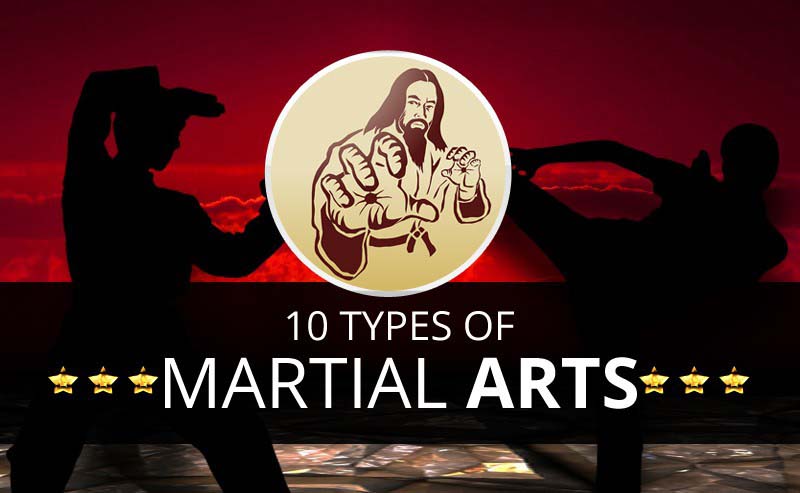Secret Distinctions Between Traditional Martial Arts And Modern Combat Sports: A Thorough Evaluation
Secret Distinctions Between Traditional Martial Arts And Modern Combat Sports: A Thorough Evaluation
Blog Article
Article Created By-McGinnis Fink
When you consider martial arts, do you lean more towards the standard methods or the contemporary battle sporting activities? Each path supplies one-of-a-kind advantages and experiences, shaped by their approaches and training techniques. Conventional martial arts stress personal development and discipline, while modern-day fight sports concentrate on competitors and efficiency. Understanding these differences can lead you in selecting the best method for your trip. But just how do these distinctions materialize in training and philosophy?
The Philosophy and Background Behind Traditional Martial arts
While many people associate martial arts with physical combat, the viewpoint and history behind traditional martial arts run much deeper. You'll locate that these disciplines stress individual growth, self-control, and regard.
Originating from ancient techniques, traditional martial arts were frequently developed for Self-Defense and spiritual advancement. They symbolize principles such as balance, harmony, and self-constraint, assisting experts past plain combating abilities.
As you educate, you'll not just discover strategies yet also acquire understandings into the society and worths that shaped these arts. The rituals and customs, usually passed down via generations, foster a sense of community and belonging.
The Competitive Nature of Modern Fight Sports
Modern battle sports have actually changed the landscape of martial arts into an extremely affordable sector, where athletes challenge in a test of ability, technique, and endurance.
You'll discover that competitors are typically arranged with stringent rules and regulations, guaranteeing fair play and safety. These occasions attract big audiences, sustaining the enjoyment and intensity of matchups.
martial arts vs kickboxing train rigorously, not just for physical expertise yet likewise for psychological durability, understanding that every detail counts in the ring. The adrenaline rush throughout competitors is apparent, as boxers press their limits to declare success.
Fans value the athleticism and virtuosity included, making modern-day fight sporting activities a thrilling phenomenon that continues to progress and mesmerize lovers around the globe.
Training Approaches and Methods: A Comparative Evaluation
The competitive ambience of modern combat sporting activities demands ingenious training methods that vary significantly from typical martial arts.
In what is best for women's self defense -day training, you'll concentrate on details techniques, competing, and conditioning, usually making use of drills that replicate actual battle circumstances. You'll see an emphasis on quantifiable efficiency and frequent competition to analyze your abilities.
In contrast, conventional martial arts prioritize forms, katas, and thoughtful trainings, frequently stressing discipline and respect over competition.
Training is typically less extreme and may involve repeated technique rather than real-time sparring.
While both approaches build ability and health and fitness, modern battle sporting activities provide an extra vibrant and adaptable training setting, preparing you for immediate difficulties in the ring or cage.
Choose the path that straightens with your objectives and interests.
Final thought
In selecting in between standard martial arts and modern battle sporting activities, it truly boils down to what you value a lot of. If you're searching for personal growth, self-control, and a feeling of area, traditional arts could be your best fit. Yet if you grow on competitors and real-time obstacles, modern battle sports could be the way to go. Eventually, both courses use special advantages, so it's all about aligning your training with your personal objectives and rate of interests.
